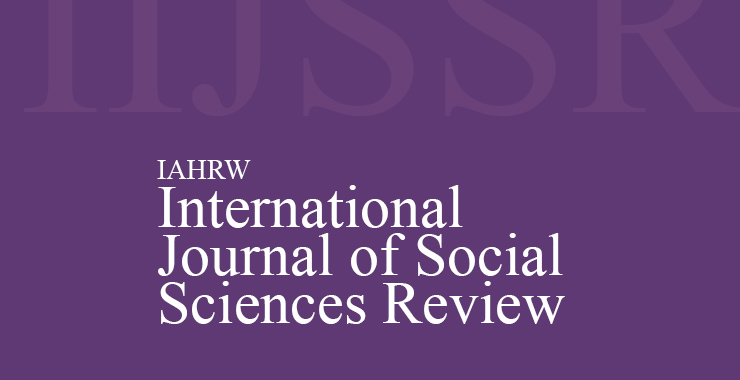Learning Disabilities and their Educational Reforms in India: A Review
Original price was: ₹ 201.00.₹ 200.00Current price is: ₹ 200.00.
Page: 226-231
Manju Singh (Department of Psychology, D.S College, Aligarh, Uttar Pradesh)
Description
Page: 226-231
Manju Singh (Department of Psychology, D.S College, Aligarh, Uttar Pradesh)
Learning disabilities (LD) are complex neurodevelopmental disorders that impair an individual’s ability to acquire, process, and effectively utilize academic skills, including reading, writing, and mathematics. Despite global advancements in research and intervention, India continues to grapple with significant challenges in identifying, diagnosing, and addressing LDs. This review critically examines the landscape of learning disabilities in India, exploring their prevalence, underlying causes, diagnostic mechanisms, educational policies, ongoing reforms, and systemic barriers. Studies estimate that 5-15% of Indian schoolchildren face learning disabilities, with dyslexia, dysgraphia, and dyscalculia being the most frequently observed conditions. A combination of biological predispositions, environmental stressors, and psycho-social factors contributes to the manifestation of these disabilities. However, early detection remains limited due to insufficient awareness, lack of standardized assessment tools, and inadequate training of educators. While initiatives such as the Right to Education Act (2009); the Rights of Persons with Disabilities Act (2016); and the National Education Policy (2020) have laid a strong foundation for inclusive education, gaps persist in their implementation at both policy and institutional levels. Teacher preparedness, curriculum adaptations, and assistive technologies improve academic outcomes for LDs, but systemic challenges like social stigma and infrastructural deficits hinder progress. This paper advocates for a multi-pronged approach to tackle LDs in India, including early screening, evidence-based interventions, inclusive policies, and societal stigma reduction, highlighting the importance of collaboration among policymakers, educators, parents, healthcare professionals, and NGOs.

